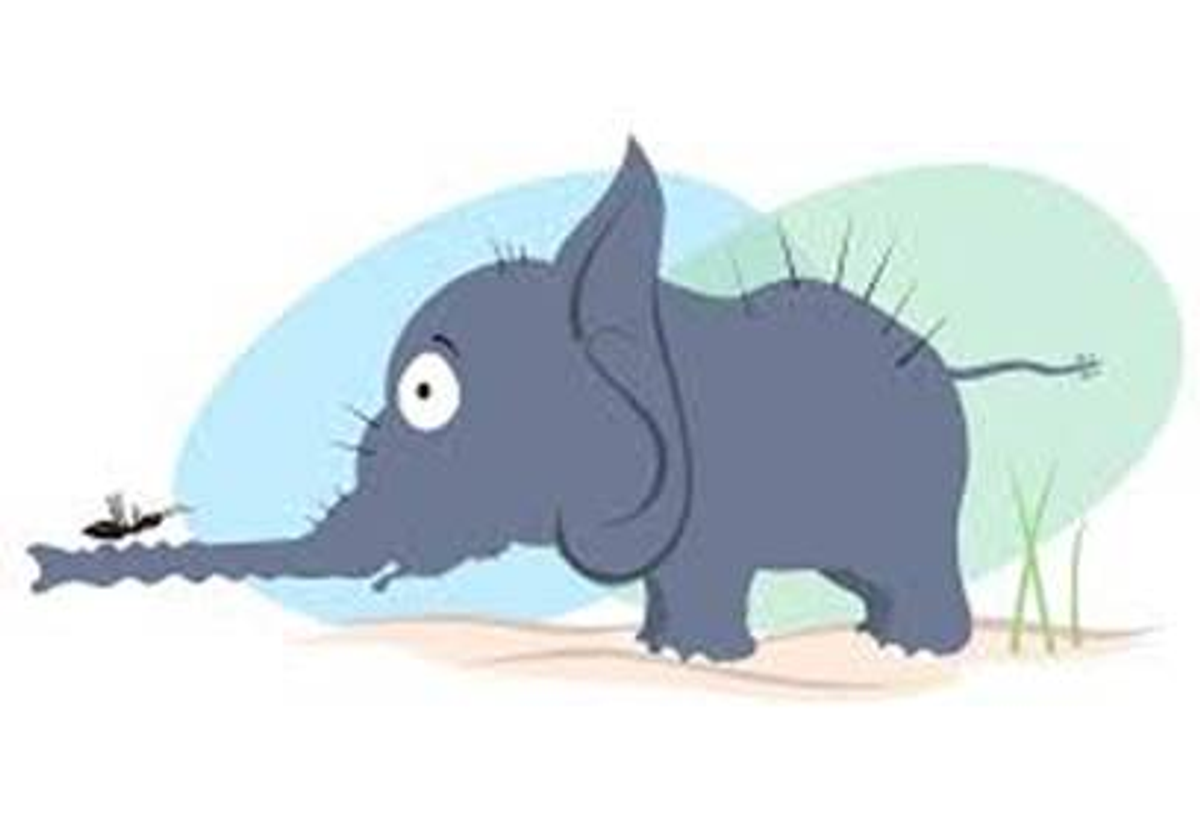Inclusion

Inclusion Update
The "Size of the Problem" concept helps individuals, especially children, understand and respond appropriately to problems by differentiating between small, medium, and big issues, promoting effective problem-solving and emotional regulation. By prioritising events, we can react in the most appropriate way so if a small problem arises, like breaking the tip of a pencil lead, we can remain calm (green zone) and know that it is easily fixed and no real action is necessary. If we are in immediate danger and our safety or wellbeing is compromised and we are feeling scared or agitated (red zone), then it is likely to be a big problem and action should be taken, like seeking support from a trusted adult.
The "ant problem" versus "elephant problem" is a metaphor used to help people, especially children, differentiate between minor and significant problems, encouraging them to address small issues independently and seek help for larger ones. By teaching children to be aware of the size of the problem, size of emotion and size of the related reaction, we are helping them think about their problems and learn that they can have control over how they react to different situations.
For the smaller ‘ant’ problems, children should be able to find them more manageable and should attempt to resolve them on their own. Examples could be a minor disagreement with a friend, or making a small mistake.
For the larger, more serious ‘elephant’ problems where a child’s safety may be compromised and intervention required support from an authority figure or trusted adult is required. Examples could include bullying, breaking a bone or being in the vicinity of natural disasters like fire or floods.
The purpose of this framework, and openly discussing the scale of problems, helps children develop fundamental problem solving skills and learn when to seek help, fostering resilience and independence.


